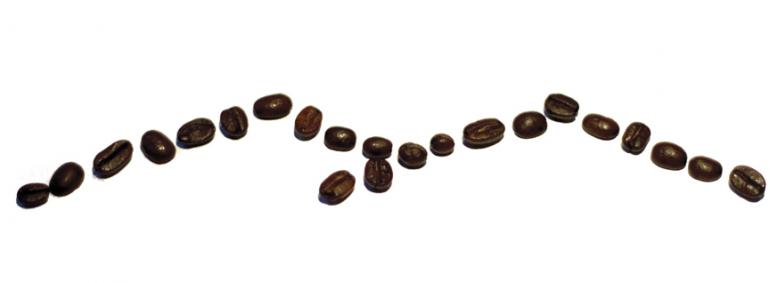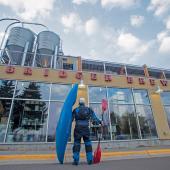From Crop to Cup
Coffee is an integral part of life in the outdoors. From simmering on cowboys’ campfires a hundred years ago to the requisite cup before any early morning outdoor activity, coffee has always been there to give us a little extra kick. But why does coffee taste and smell the way it does? Without milk, cream, sugar, or flavored syrups, what is the essence of coffee that has made it one of the most popular drinks in the world?
Growing
Terroir (pronounced tehrwar) is a French word (from “terre,” for “land”) that refers to how the growing region affects a particular crop. For example, the terroir characteristics of an Ethiopian-grown coffee will be different than those of a coffee from Guatemala. The terroir of a region can be broken down into three primary components: soil type, climate, and topography. Most Arabica coffee (so called because of its Ethiopian origins) is grown in an equatorial climate on mountainous hillsides at 3,000-6,000 feet above sea level.
Processing
How coffee is processed also has an effect on its flavor. Before most modern mechanical equipment was developed, ripe coffee cherries were simply laid out in the sun to dry; when the outside fruit dried enough, it could be removed from the seeds inside. This “natural” or “dry” method has been refined and is still commonly used. More commonly however, a coffee-pulping machine is used to separate the beans from the cherry, resulting in a “washed coffee.” Washed coffees generally have great acidity and brightness, while natural, processed coffees have a muted acidity and tend to be sweeter.
Roasting
During roasting, coffee undergoes what is called the Maillard Reaction—the same reaction that causes bread to turn brown as it bakes. It’s a chemical reaction that occurs between amino acids and sugars as the beans are heated. “Oils” that are visible on darker roasted coffees are actually caramelized sugars. These sugars will eventually be brewed into the coffee beverage we drink, so having them present on the outside of bean is not always desirable. Once the coffee is properly roasted, it’s ready to be ground and brewed.
Brewing
Everything that the coffee has gone through to this point has now prepared it be ground and introduced to water. There are several factors that lead to a properly brewed cup of coffee. A quality grinder is very important to produce grounds that are consistent in particle size and also sized to appropriately match the type of brewing used: drip brewer, French press, espresso, etc. Burr-style grinders are generally preferred. Next, the quality of the water used cannot be understated. Proper coffee extraction happens with clean, filtered water that is near 200 degrees. The proper ratio of grounds to water is about 2 tbs. coffee to 6 oz. water.
With all this complete, you can sit and enjoy a hot, flavorful cup of coffee. Much like wine, flavor descriptors can also be applied to what we experience in a cup of coffee. Blueberry, cherry, blackberry, apricot, spice, hazelnut, chocolate, caramel, citrus, floral, and juicy are all used to describe what we taste in a cup of coffee. Enjoy!
Chad Kimm is the head roaster at Ghost Town Coffee Roasters (ghosttowncoffeeroasters.com), formerly Crema Coffee.













